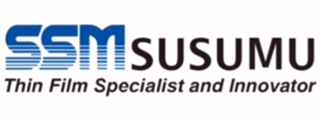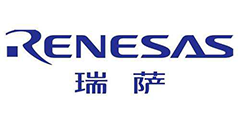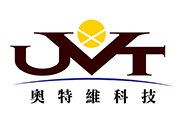Q’comm Reportedly Taps TSMC's 7nm
Qualcomm will switch back to TSMC to make its 7nm Snapdragon parts after giving its 10nm business to Samsung, according to a report in ET News, a South Korean publication. If correct, the switch will be a huge boost for TSMC and could cause a significant drop in Samsung’s foundry business in 2018.
Qualcomm declined to comment on what a spokeswoman characterized as rumors. Samsung and TSMC did not reply to requests for comment.
The report said Qualcomm started working on its 7nm Snapdragon SoC using TSMC tools in the middle of 2016. It is expected to announce the chip late this year or early next year “after first test wafer is manufactured from TSMC in September and after it is done with designing [its] package and verification process,” the report said.
Qualcomm announced its Snapdragon 835 made in Samsung’s 10nm process at CES in January. The article estimated the Snapdragon 835 business represents about $1.78 billion or 40 percent of Samsung’s foundry revenue.
The article suggested Qualcomm is making the switch for two reasons. Samsung is late with its 7nm node, and the Korean giant lacks the chip-stacking technology TSMC is using in Apple’s current iPhone 7 handset SoCs. TSMC released its first 7nm process design kit late last year while Samsung’s first beta 7nm PDK is due in July, it said.
Initially Samsung said in late 2016 it would use extreme ultraviolet lithography at 7nm. However those systems now are currently expected to take until 2019 to be ready for limited commercial use, according to Globalfoundries and others. More recently, Samsung announced plans for an 8nm node using immersion steppers.
“TSMC is ahead of Samsung in being in risk production at 7nm. Samsung spent more time developing EUV for 7nm,” said Mike Demler, an analyst for the Linley Group.
In addition, TSMC uses InFo, a fan-out wafer-level packaging technique with Apple’s smartphone SoCs. Samsung is working on similar technology but it is not expected to be ready for at least a year, the article said.
Samsung will make its next-generation smartphone SoCs in the 8nm process. A separate SoC for its premium Galaxy Note line will be made in Samsung’s 7nm node, the article added.
Apple initially made all its iPhone SoCs at Samsung despite an epic patent battle between the companies. Over the last few generations it tested and ultimately moved all that foundry business to TSMC.
在线留言询价

Q’comm Winds Up Smartwatches

Q’comm Profits Dive Amid Patent Disputes
- 一周热料
- 紧缺物料秒杀
| 型号 | 品牌 | 询价 |
|---|---|---|
| CDZVT2R20B | ROHM Semiconductor | |
| MC33074DR2G | onsemi | |
| TL431ACLPR | Texas Instruments | |
| RB751G-40T2R | ROHM Semiconductor | |
| BD71847AMWV-E2 | ROHM Semiconductor |
| 型号 | 品牌 | 抢购 |
|---|---|---|
| BU33JA2MNVX-CTL | ROHM Semiconductor | |
| IPZ40N04S5L4R8ATMA1 | Infineon Technologies | |
| TPS63050YFFR | Texas Instruments | |
| ESR03EZPJ151 | ROHM Semiconductor | |
| STM32F429IGT6 | STMicroelectronics | |
| BP3621 | ROHM Semiconductor |
- 周排行榜
- 月排行榜
AMEYA360公众号二维码
识别二维码,即可关注






















